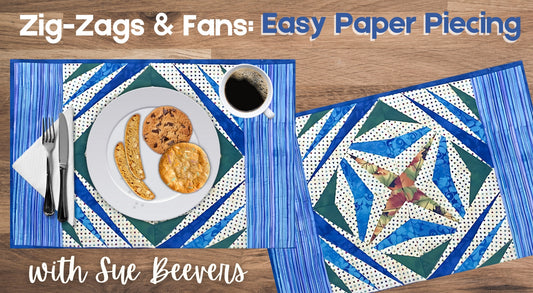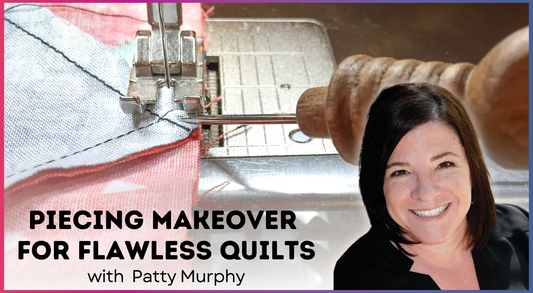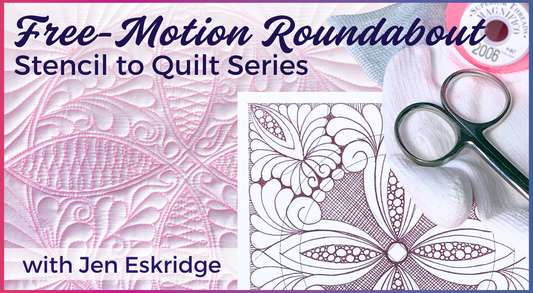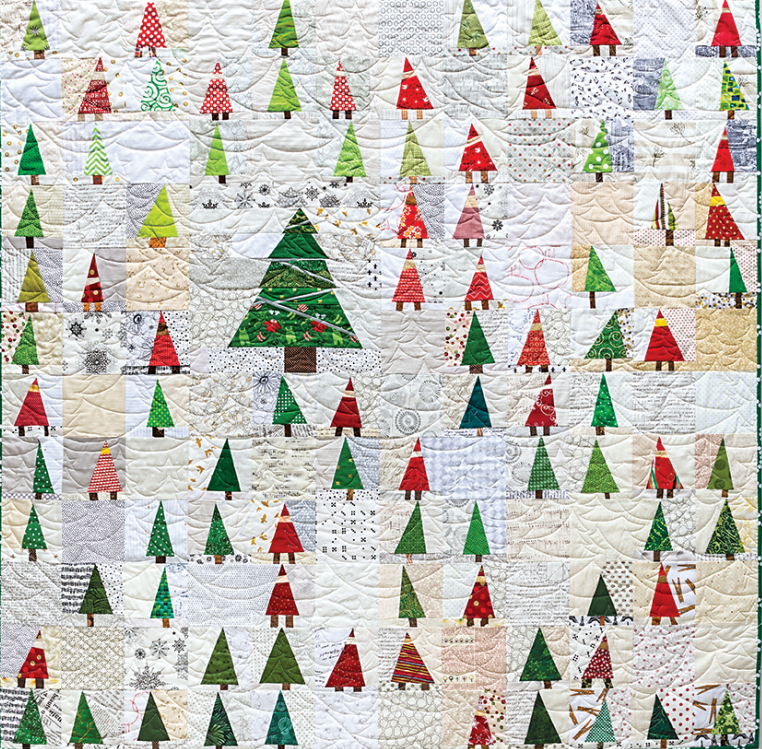
What is Negative Space?
Share
The following information is taken from The Quilter's Negative Space Handbook by Sylvia Schaefer.
What Is Negative Space?
In art, negative space is defined simply as the space surrounding or in between the subject or subjects of the artwork, and it’s every bit as important as the positive space, which is occupied by the subject. The point of negative space is to give the eye a place to rest, but it should also help the eye move across the piece and draw attention to the main subject.
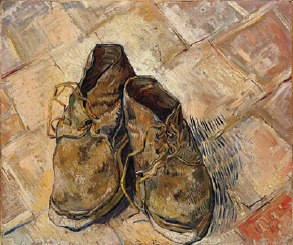
The bricks that the shoes rest on are the negative space. There is plenty of detail in the bricks, yet they are clearly not the focus of the painting.
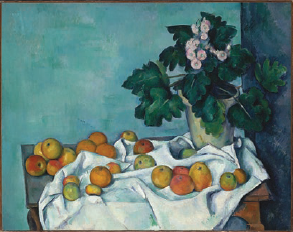
The walls are part of the negative space; the tablecloth is too, since it fills the space between the real subjects of the painting, the apples.
When it comes to quilts, it’s easiest to think of negative space as the background of your quilt. This could be the background of the quilt as a whole or just the background within individual blocks. Many beloved traditional quilt designs incorporate negative space, often within a block.
Modern art and design, where negative space is also sometimes referred to as white space, place a particular emphasis on minimalism, and extended areas of negative space are common. Modern quilts, too, often have expansive negative space. While definitions of modern quilting range all over the place, a quilt with extensive negative space, particularly if that negative space is asymmetrically arranged, tends to read as modern.
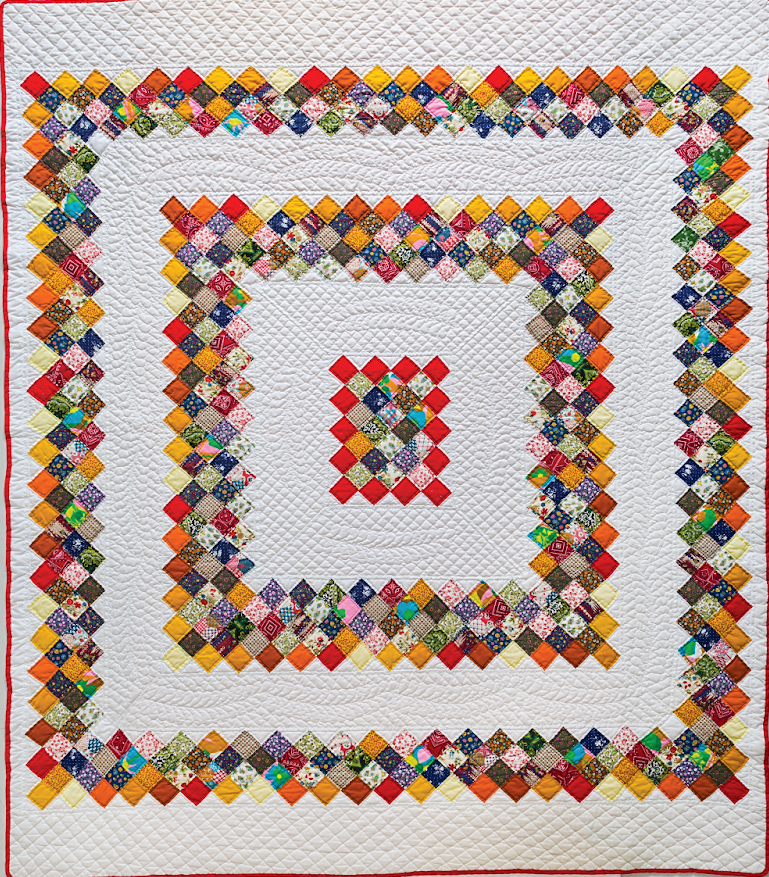
This is a traditional pattern, but it incorporates large areas of white negative space across the whole quilt.
The colors clearly reads as foreground with the white as background or negative space.
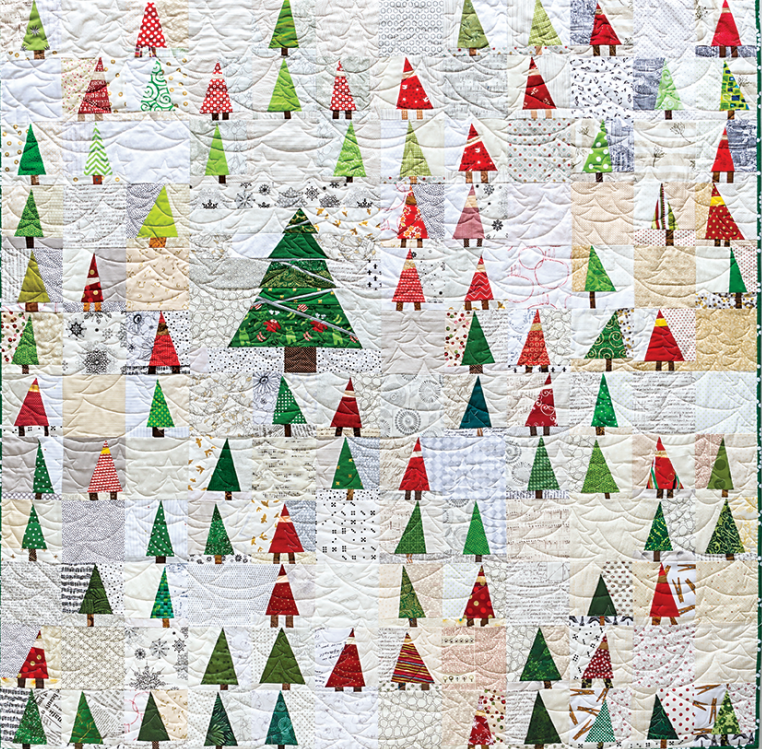
Negative space can be used in any type of quilt!
-
Shop The Quilter's Negative Space Handbook

